
Connecting solar panels to MPPT Charge Controller Caravan Solar Panel Kits & Chargers
Set the DC voltage setting and the appropriate voltage range on the multimeter. Bring your solar panel outside, and position it in the sun. Determine the cables for the positive and negative solar panels. The positive MC4 connector should get the red probe, and the negative MC4 connector should receive the black probe.

Going Solar Chapter 8 Know Your Solar PV Cells and Panels Green Sarawak
The easiest way to test a solar panel is with a multimeter. The most common way is to measure the open-circuit voltage (OCV). To do this, you simply connect the positive lead of your multimeter to the positive terminal of the solar panel, and the negative lead to the negative terminal. Then, you just take a reading on your multimeter.

Electronic Solar panel output voltage drops Valuable Tech Notes
Open Circuit Voltage Test (Voc) for a Solar Panel. To find Voc of a solar panel, here are the steps you need to follow: Locate the converter box: To begin this test, first locate the converter box, which is mounted on the back of the solar panel. Remove the screws and detach the cover from the box.
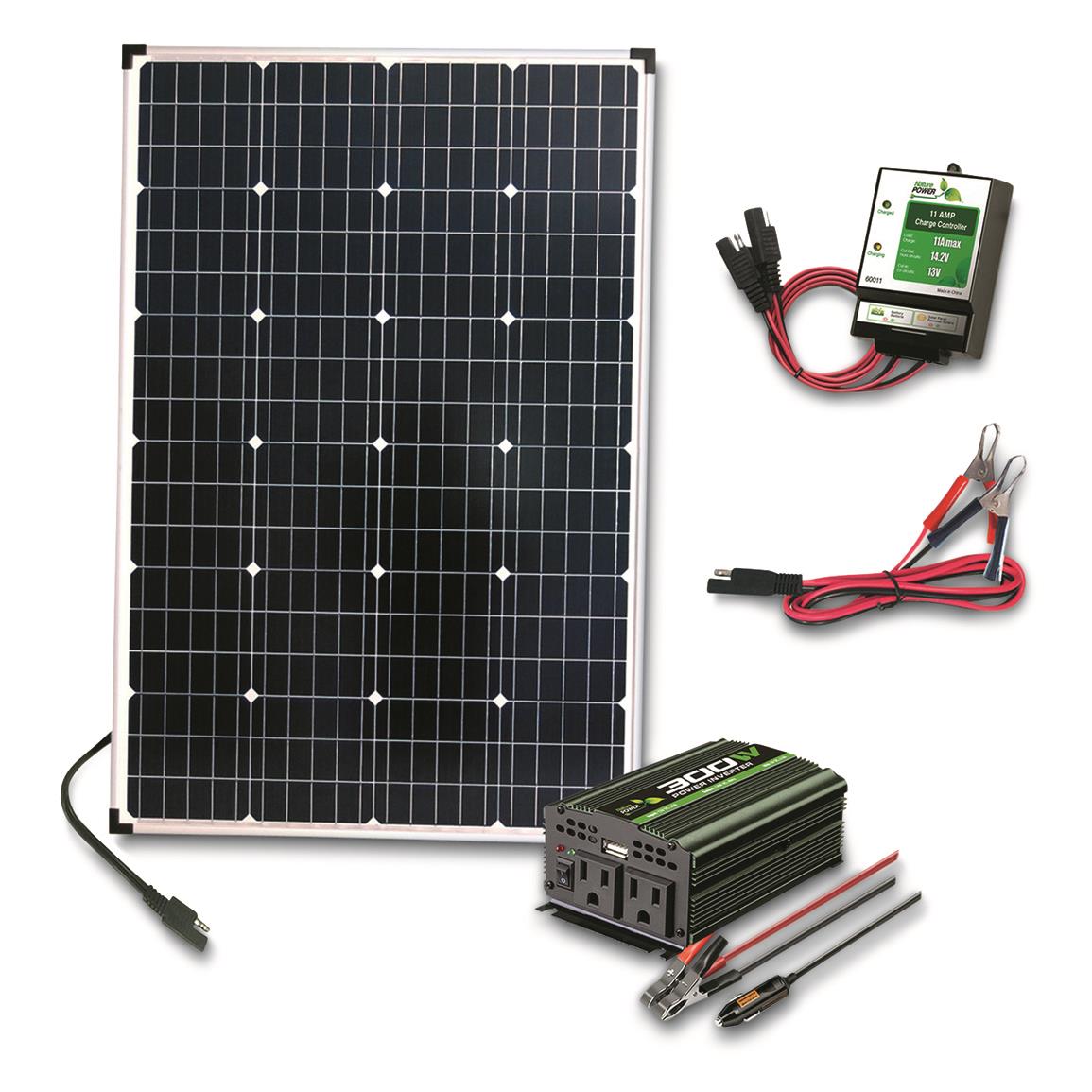
Nature Power 110 Watt Complete Solar Panel Kit 721602, Solar Panels & Accessories at Sportsman
The Maximum Power Voltage (Vmp) rating of a solar panel indicates the voltage measured across its terminals when it's operating at its maximum power output (Pmax) under ideal conditions.. This variance is mainly due to the fact that, during my test, the temperature of the solar cells was higher than the standardized 25°C used in.

How To Test Solar Panel Amps voltage Using Multimeter, Science projects YouTube
Jackery SolarSaga 80W Solar Panels are designed to offer a peak power of 80 watts. The open circuit voltage is nearly 28.5V, while the short circuit current is 3.71A. The dual-sided panels enhance solar efficiency by generating electricity from both sides, helping you charge the battery faster.
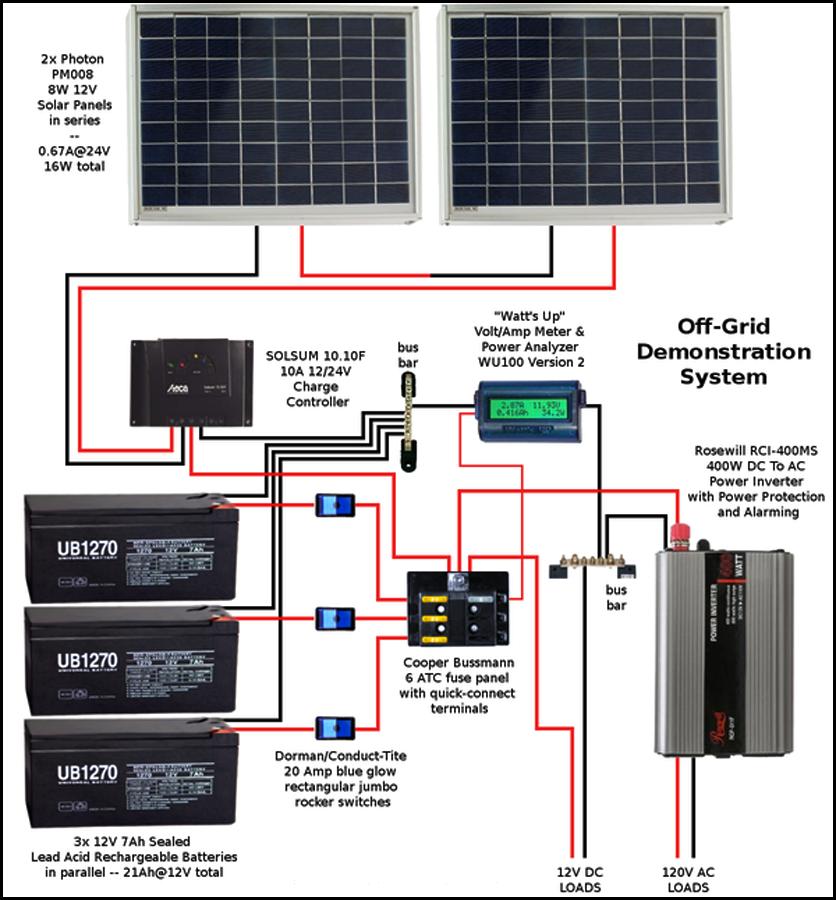
Wiring Solar Panels To Inverter
2. Short Circuit Current (I SC) and Open Circuit Voltage (V OC). Short Circuit Current (I SC) is the maximum current that can flow through a solar panel when the positive and negative terminals are shorted together. This is the highest current a solar panel can deliver without any damage. 1 When we talk about open-circuit voltage (V OC) in solar panels, think of it as the potential difference.

Solar panel wiring basics An intro to how to string solar panels
Power (Watt-hours) = Voltage (Volts) X Current (Amps) Simply multiply the voltage(in volts) by the current(in amps) using the amounts registered on your multimeter. The result is power, measured in watt-hours. To account for interference, take 75% of that result—this represents the practical output of your solar panel.

What is Maximum System Voltage in Solar Panel Machinery Guides
Step-by-step guide for how to test a solar panel. WHen you test a solar panel, it's important to do so in full sunlight; i.e. on a sunny day, at noon. Once the conditions are right, you can start following the steps below! 1. Locate the converter box. The first step testing a solar panel is to finding the converter box.

Solar Panel Voltage YouTube
That's right — you can use a multimeter to measure how much current your solar panel is outputting. However, to do so your solar panel needs to be connected to your solar system. Here's how: 1. Locate the maximum operating current (Imp) on the back of the panel. My panel's Imp is 6.26A.
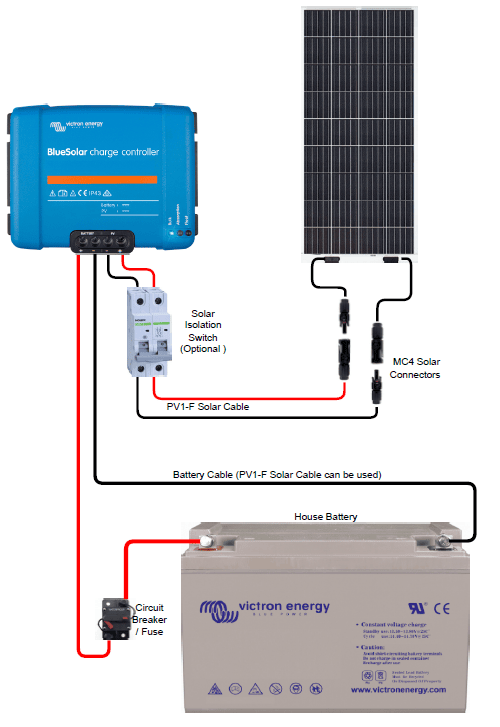
Ultimate Solar Panel Wiring Guide Selection, Installation, and Performance Optimization
Solar Panel Check Up - Real-time Solar Panel Power Output Test. The image below shows the test setup. The panel is connected through a buck converter to a d.c. load, which is a water-heater rated at 12V 140 watts - it will try to pull a current of 11.67 amps (watts/amps). Flexible solar panels result: Voc = 21 volts.

How To Test Solar Panel Amps voltage Using Multimeter in English solar companies YouTube
See how to test your solar panel for open voltage and current reading. Results will vary depending on sun strength, time of day, angle of light and temperatu.
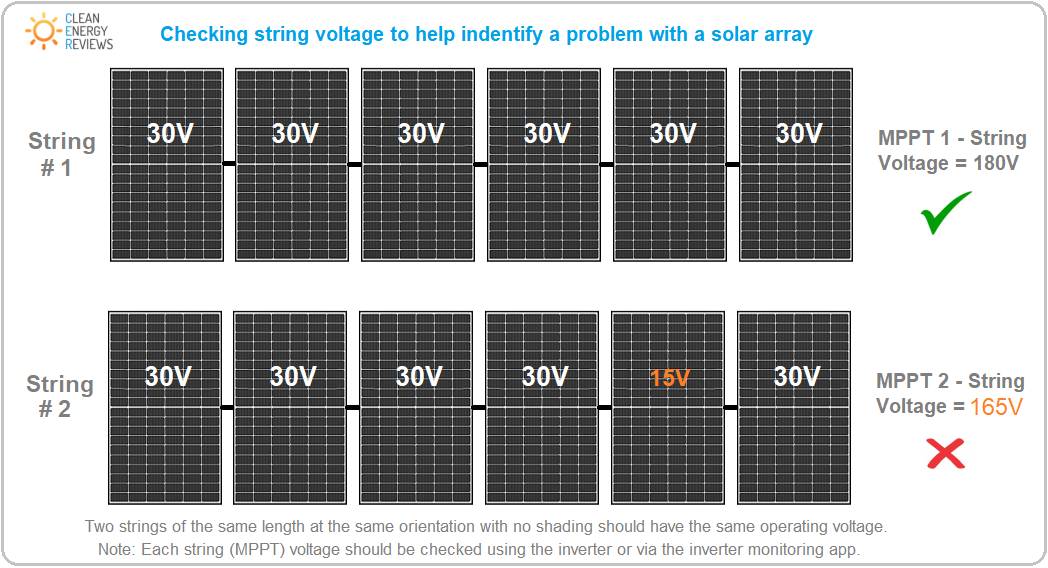
Solar system fault finding guide + solutions — Clean Energy Reviews
Step 1: Measure the Open Circuit Voltage. On the specifications label on the back of your solar panel, find the open circuit voltage (Voc). Keep this number in mind for later. I'm using a Newpowa 100W 12V panel for this instruction.
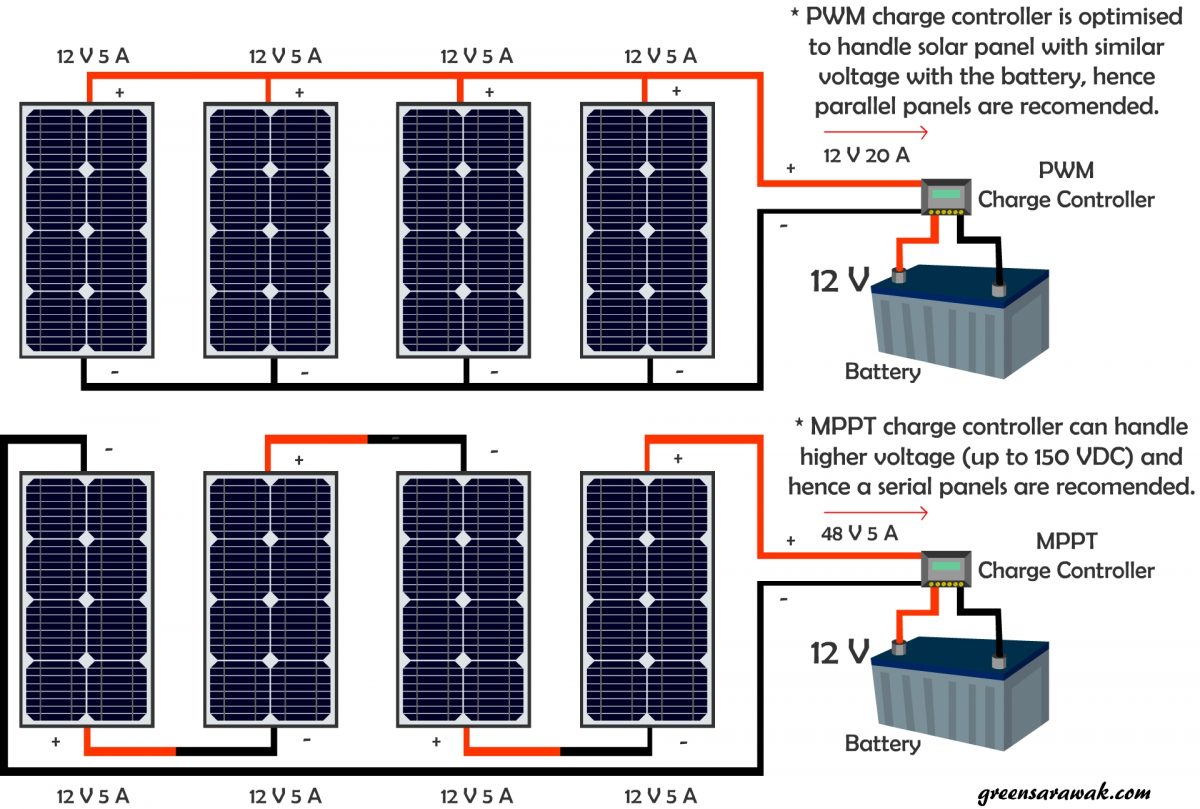
Going Solar Chapter 14 Know Your Solar Charge Controller Green Sarawak
Here's a step-by-step guide: Count the cells: Note how many solar cells your panel has (common in residential installations are 60-cell solar panels). Multiply: Multiply the number of cells by the typical voltage per cell (0.5 to 0.6 volts) Like this: 60 cells x 0.5 volts = 30 volts. 60 cells x 0.6 volts = 36 volts.

4 Ways to Test Solar Panels Output, Wattage & Amps Footprint Hero
To test a solar panel with a multimeter, you'll need to do the following: Set the multimeter to DC voltage mode. Connect the positive and negative probes to the panel's positive and negative terminals. Check the voltage reading on the multimeter. It should be within a range of your solar panel's output voltage.

Output of a Solar Cell Physics & Engineering Science Activity Exploratorium
A multimeter allows you to test your solar panels in two ways: Measure the open-circuit voltage (Voc) to check if the panels are producing the expected voltage. The Voc, measured with the panel disconnected, should be within 10% of the panel's rated voltage. If lower, it could indicate panel damage or shading.

Wire Solar Panels in Parallel or Series Engineering Feed
The typical DC voltage produced by a single solar cell is between 0.5 and 0.6 volts. The output voltage of solar panels increases as a result of their multiple interconnected solar cells. For instance, a typical 60-cell solar panel can generate a DC voltage between 20 and 40 volts and is frequently used in residential installations. But when.
- Apartamentos En Playa La Arena
- Alpine Star Traje De Agua
- Mejor Epoca Para Podar Cerezo
- Fotos De Cala Esmeralda Mallorca
- Alineacions De Manchester United Athletic Football Club Bournemouth
- Test Que Personaje De Cine Eres
- Centro Comercial La California Caracas
- Limites De Explosividad Del Gas Natural
- Melendi Tu Jardin Con Enanitos Descargar
- Algas Agar Agar Informacion Nutricional